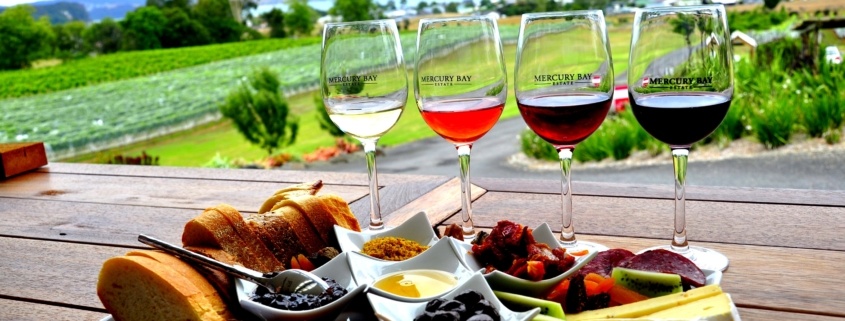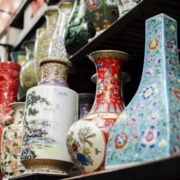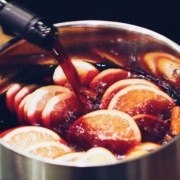5 Things You Must Know About Hungarian Wine
Step into the enchanting world of Hungarian wine, where time-honored traditions seamlessly intertwine with contemporary winemaking techniques. Hungary’s opulent viticultural history and diverse terroir render it a clandestine haven for wine enthusiasts. If you’re gearing up to immerse yourself in the rich wine culture of Hungary, here are five indispensable insights:
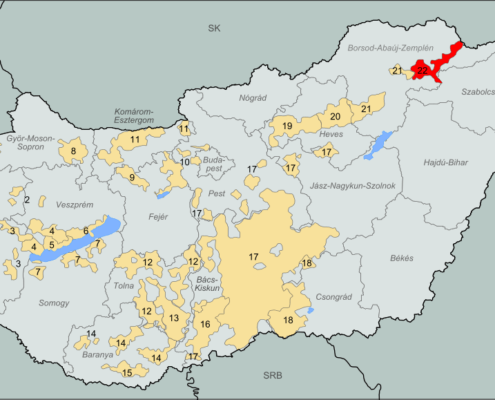
1. Unearthing Historical Roots
The Hungarian landscape, blessed with a climate and soil conducive to winemaking, has a history deeply rooted in Greek Celtic traditions, and Roman practices. Roughly a 1000 years later we, the Magyars arrived and added Eastern wisdom to the rest. Documented wine production flourished around 1000 in Pannonhalma, Szekszard, and the Buda area. The significance of wine in Catholic masses fueled economic interests for churches to promote viticulture in Benedictine orders. Before the 150 years of Turkish occupation, many varieties of Italian and French grapes were introduced. In the Turkish era, the Hungarians learned how to make red wines from the Serbs.
It was in the 16th century that Tokaj became known as the “wine of kings, king of wines”. This term comes from the Sun King Louis XIV. From 1882, phylloxera took a heavy toll on Hungary’s vineyards, destroying almost half of the country’s plantations. After the Peace of Trianon closed WWI, nearly two-thirds of the vineyards went beyond the borders, while more than half of the wine-consuming population remained here.
After WWII, due to economic and political decisions, wine production touched bottom economically and morally. As the system shifted in 1989, Hungary lost most of its eastern markets, and foreign investment was welcomed. Nowadays we produce roughly the same amount of wine as New Zealand, but we only send 20% of our wines for export, that is probably the main reason why you haven’t heard about the Hungarian Wines. You have to visit us to try our liquid treasures!
2. The Vital Elements: Weather, Soil, Crop Load, and Harvest Timing
Hungary proudly boasts 22 wine districts, each offering a unique blend of weather conditions and soil types. From almost Mediterranean to continental climates, vineyards in flat areas feature sandy soil, while higher elevations boast a mix of rich forest soils, marl, and volcanic elements. Pay attention to the crop load, measured in kilograms per vine. It plays a pivotal role in the concentration and richness of flavors in the wine. Harvest timing, determined by factors like sugar content and acidity, is a critical phase in the winemaking journey. Because of our climate and soil, we produce mostly white wines.
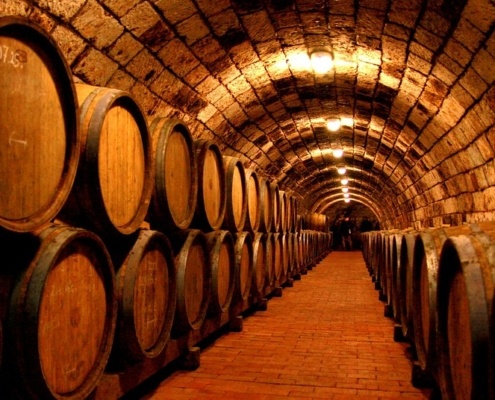
3. Hungarian Wine Grapes and Their Stories
Hungarian vineyards are home to a variety of grape types, but three noble white grapes stand out: Furmint, Hárslevelű, and Juhfark. These indigenous varieties contribute to the distinctive flavors found in Hungarian wines. Furmint, famous for producing the sweet nectar known as Tokaji Aszú, is a legendary dessert wine. Hárslevelű is a late-ripening variety ideal for Tokaji wines. Juhfark, named for the shape of the grape’s clusters, produces a straw-yellow wine with a restrained bouquet. Finally, Irsai Olivér has a muscat aroma and gentle acids, aging fast and making it a good wine for conversations. Behind each grape variety, there is a personal story from the inventor or a historical urban legend. We are so proud of the tokaji aszú for example that we sing about it in our national anthem. The tokaji aszú is the most protected Hungarian wine. For example, you have to handpick the grapes for those. If it is not complicated enough, you have to age them at least 6 months in local oak barrels. Hungary has more than 100 of its own grape varieties. That is probably the other big reason you haven’t heard about them yet. Wines called ‘Cserszegi Fűszeres’ offer an impossible challenge to read or remember to non-Hungarian speakers so that makes it very difficult to sell them on the international market.
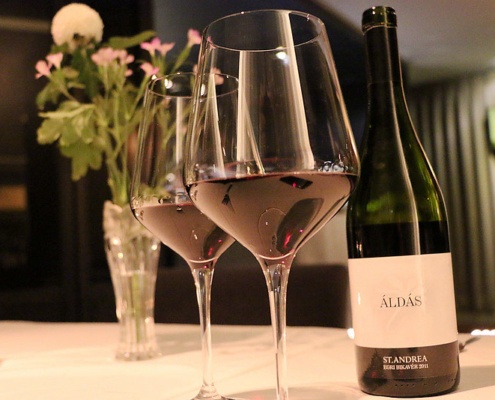
4. Renowned Hungarian Red Grape Varieties
Cirka 70% of our wines are white, but that doesn’t mean that the reds have low quality, on the contrary, local winemakers are very specific about their red grape varieties, they only plant them in wine districts with volcanic soil, like Eger, Villány , Szekszárd or Badacsony. Of course, amongst many international varieties, we have our own as well.
The best examples are the Kadarka, a native Balkan wine, that found its way to Hungary in the 16th century, becoming a key component of Bikavér (Bull’s Blood), and the Kékfrankos, with its robust acids, adds character to Hungarian reds. Hungarian reds are usually mid-bodied wines with a more neutral taste to them, they are the perfect pair next to any dish with a bunch of paprika. If you go to a traditional Hungarian restaurant you can’t go wrong if you order a Kékfrankos.
5. Hungarian Wine as a souvenir. Which one to buy?
A bottle of local wine can be a great souvenir as well, especially because grocery stores are mandated to locally source at least 50% of their wine products. That means for the visitors that you can find Hungarian wines everywhere and from 5-7 € (2000 HUF) you can buy excellent quality bottles of wine.
For souvenirs, explore Hungarian whites crafted from indigenous grapes like Furmint and Hárslevelű, presenting thick textures, chewiness, and subtle aromatics. Irsai Oliver, a surviving Hungarian crossing, offers a crisped-up, gewürztraminer-like experience. Despite the Bull’s Blood image, Hungarian reds tend to be light yet lusciously velvety, with the best Bikavér hailing from Eger and Szekszárd.
Tokaji Wine: A Symphony of History and Flavor:
Probably the sweetest dessert wine you can find. Embark on a journey through Hungarian history with a sip of Tokaji wine, a region that once rivaled Bordeaux, Burgundy, and the Rhineland. Nestled in volcanic hills in the Northeast, Tokaj produces sweet, botrytized wines, with Aszú wines often called “liquid gold” for their exceptional quality.
Eger and Bull’s Blood: Legends in Every Sip:
Eger, renowned for its robust reds, introduces Egri Bikavér, or Bull’s Blood, a blend featuring Kékfrankos, Kadarka, and local varieties. Legend has it that this wine’s name originated from a 16th-century battle, a tale your Free Budapest Walking Tour guide will delightfully share. Discover the essence of Hungarian wine – a delightful revelation for every wine enthusiast.
We recommend the following Hungarian winemakers, whose names you can find proudly displayed on the wine labels: Bock József, Gere Attila, Mészáros Pál, Áts Károly, Thummerer Vilmos, and Gál Tibor. Look for Hungarian wine at Bortársaság, ‘Borháló,’ Spar, and Tesco shops for the most reasonable price.
As you take our Free Budapest Walking Tours, your tour guide will speak about Hungarian wine. Most of us are big fans of the local wines so it can be a delightful discovery for every wine enthusiast.

